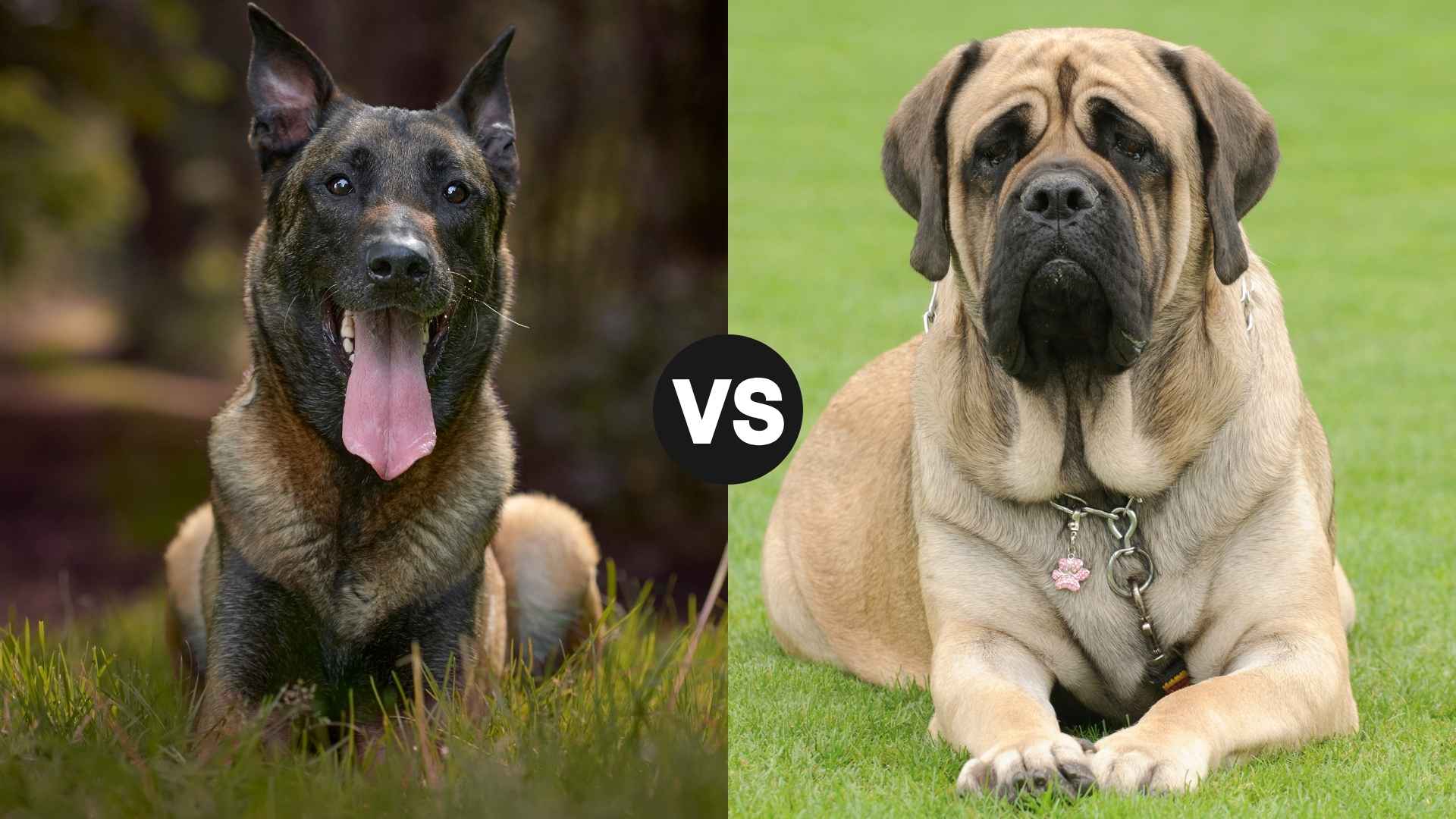Belgian Malinois can leap fences like a furry Olympic athlete. While the Mastiff is basically a living weighted blanket with paws. Sounds like apples and oranges?
Maybe, but both breeds are popular among dog lovers seeking loyal, protective companions. They’re often compared because they represent two ends of the canine spectrum: the sleek, energetic, task-driven Malinois vs. the giant, mellow, and affectionate Mastiff.
Whether you’re dreaming of a couch buddy or a security sidekick, this Belgian Malinois vs Mastiff showdown helps you sniff out the breed that suits your lifestyle best. Let’s fetch the facts and settle the tail-wagging debate!
Belgian Malinois vs. Mastiff
The Belgian Malinois is a high-energy working dog with brains to spare, while the Mastiff is a massive sweetheart known for loyalty and calm strength.
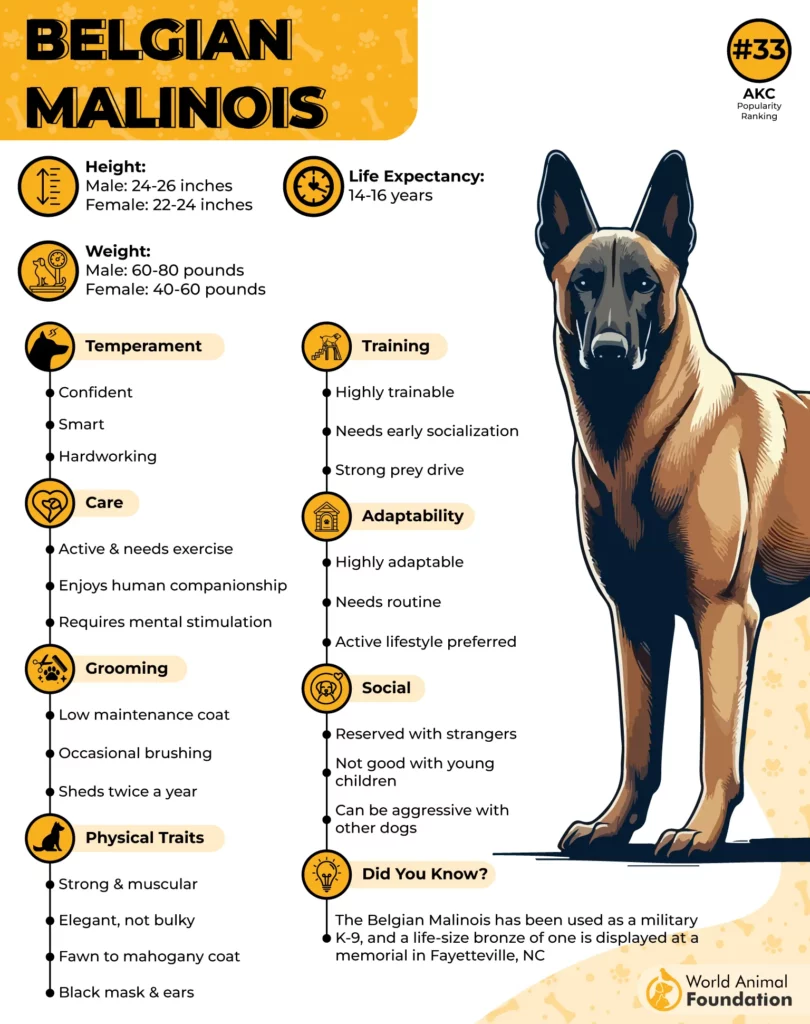
At first glance, these two seem worlds apart—but when choosing between them, it really comes down to lifestyle and expectations.
Whether you’re after a tireless playmate or a giant cuddle buddy, this guide breaks down the differences to help you decide.
Spoiler: Both are great dogs. If you’re also considering other dog breeds, this comparison will help narrow your options. Let’s dive in!
Size and Weight Difference
|
Breed |
Height (Male/Female) |
Weight (Male/Female) |
|---|---|---|
|
Belgian Malinois |
24–26 in / 22–24 in |
60–80 lbs / 40–60 lbs |
|
Mastiff |
30–34 in / 27–32 in |
160–230 lbs / 120–170 lbs |
Which dog is good for whom?
If you’re living large and love a gentle giant, the Mastiff is your snuggle-sized couch potato. But if your lifestyle includes action, tasks, or protection work, the lean, athletic Malinois is your go-to.
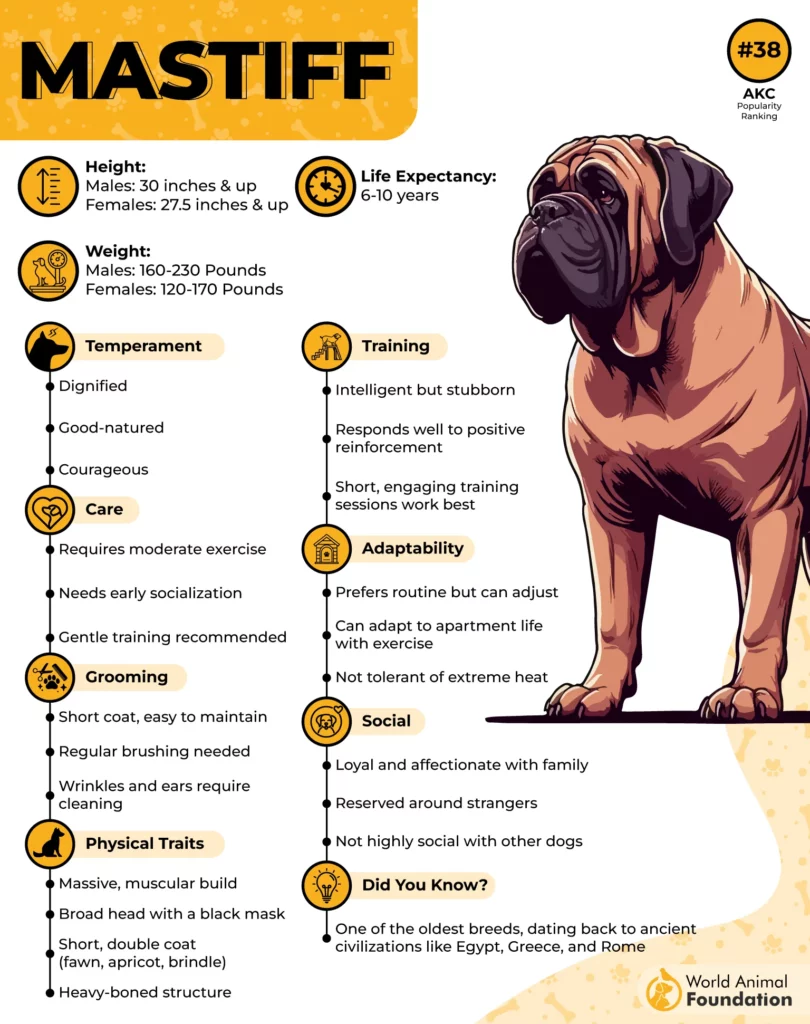
Just know: the most important thing is matching the dog’s energy to yours, because these two dogs couldn’t be more different!
Comparing Trainability and Intelligence
Belgian Malinois:
Highly intelligent and bred from working lines, the Malinois is a dream for experienced handlers. These dogs live for training, positive reinforcement, and mental stimulation, according to Citizen Shipper.
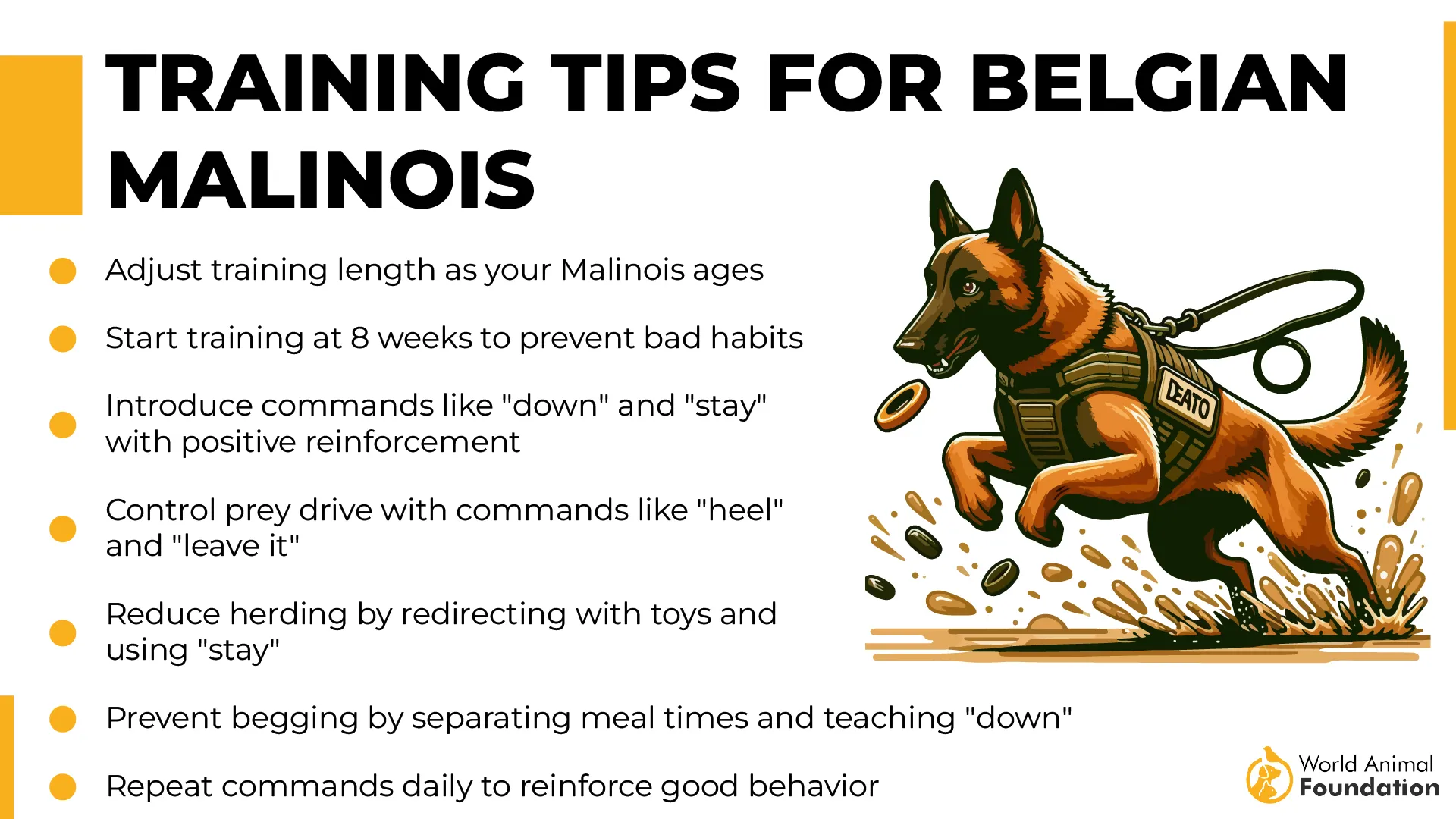
They pick up tasks lightning-fast and thrive on structure. Malinois need training from puppyhood and do best with a focused, active owner—preferably one who loves a good challenge too. Just don’t worry if your pup outsmarts you. It’ll happen.
Mastiff:
Mastiffs are smart, but in a slow-and-steady way. While they aren’t as highly intelligent as Malinois, they can learn basic obedience and house rules well.
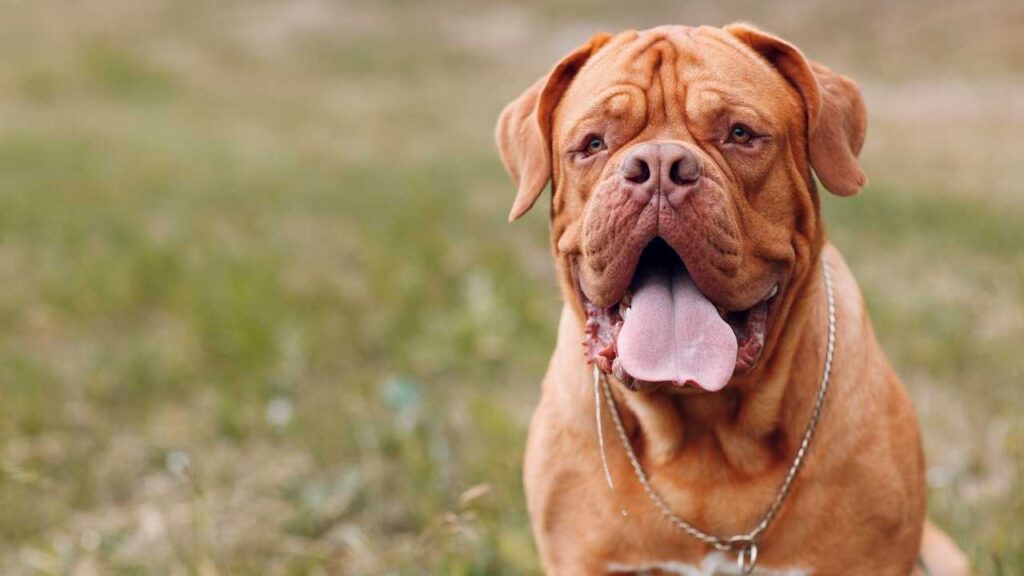
The trick? Keep it simple and consistent. Too much repetition will bore them, and too much pressure? Forget it. They’re sensitive giants that respond best to patience and kindness. While not from working lines, they are loyal and eager to please their family.
Personality Traits and Temperament
Belgian Malinois:
Energetic and alert
Suspicious of strangers
Prone to biting if under-stimulated
Needs lots of activity
May bark to express excitement
Often intense with other pets or small animals
Needs a job to stay happy
Mastiff:
Gentle with their family
Calm and affectionate
Not a big barker
Low prey drive, gets along better with cats
Protective but not aggressive
Tolerates kids well
May drool on your shoes
Which dog is for whom?
Go Mastiff if you want a warm-hearted guardian for home and kids. Choose the Malinois if you’re ready for constant motion, training, and protection work.
Either way, choose a good breeder and prepare for a lifetime of love—each breed is loyal in its own unique way.
Adaptability and Independence Assessment
Belgian Malinois:
The Malinois isn’t your average breed. This dog thrives in action-packed homes with space to run and training to stay sharp. They’re best suited for experienced handlers and not first-time owners.
Ask yourself: Are you ready for full-time engagement? High prey drive, occasional biting, and a tendency to bark when bored mean this pup needs structure.
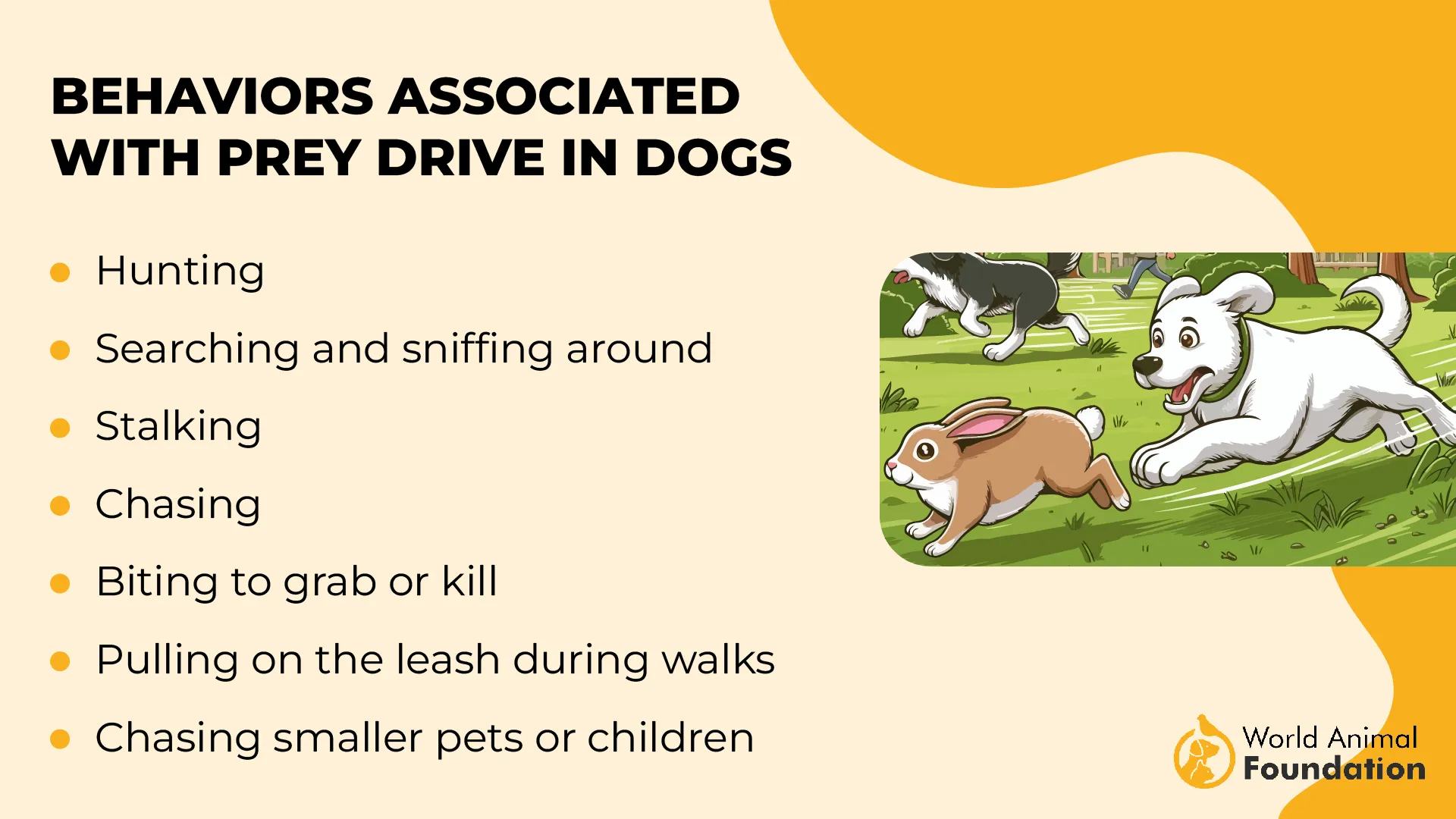
Some female Malinois may be slightly more sensitive, but all need outlets. Without mental and physical stimulation, trouble will happen. The most important point? Keep them busy.
Mastiff:
Mastiffs are the mellow kings of the dog breeds. While large, they’re surprisingly adaptable—if your sofa can handle the size.
Their prey drive is minimal, and they rarely bark unless something serious is up. These dogs are independent but deeply bonded with their family. If you’re comparing two breeds, Mastiffs win for relaxed households.

A male Mastiff may be more aloof, while females tend to be gentle nurturers. They do fine with cats, dislike chaos, and are slower to warm up to strangers. They require training, but nothing fancy—just love and consistency.
Bite Force and Characteristics
Bite Force:
Belgian Malinois: ~195–200 PSI (pounds per square inch)
Mastiff: ~500–550 PSI — among the strongest in dogdom
Despite its tough military rep, the Belgian Malinois is more brain than brawn. This breed is agile, fast, and bred for search and personal protection, not for brute force. They may protect fiercely if trained for cattle, sheep, or security roles, but they aren’t naturally aggressive.
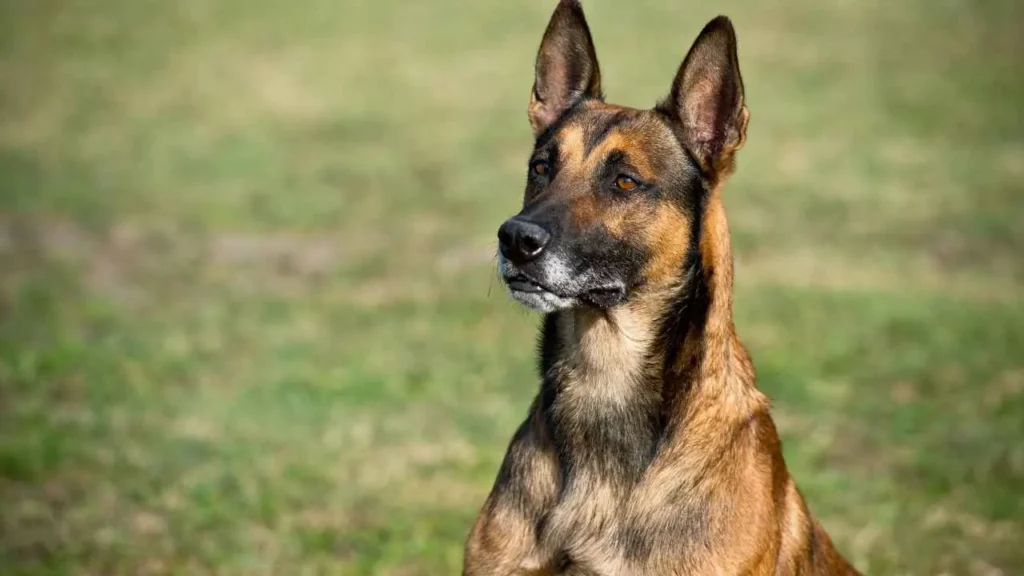
Mastiffs, with their hulking jaws and legendary bite strength, were historically guardians of estates and castles. That’s right—your couch sleeping buddy has ancient security clearance.
But here’s the good thing: Mastiffs rarely use their strength unless truly provoked. Their personality is more “chill wall of muscle” than “attack mode.”
Both dogs are serious about guarding, but express it differently. Malinois act first, think later. Mastiffs assess and decide. Hence, it is important to train Malinois to control aggression.
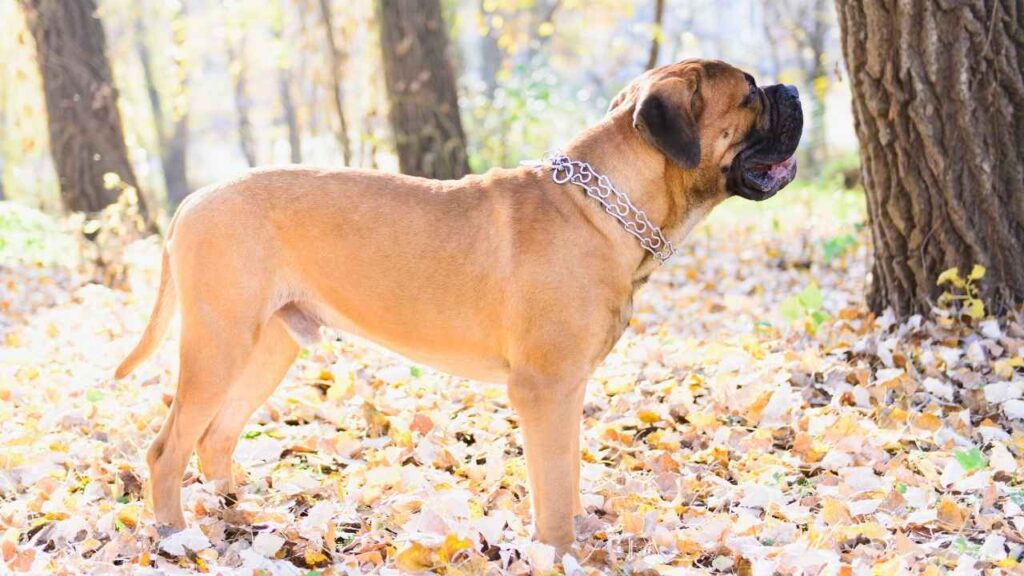
With proper socialization, neither breed is inherently dangerous, but both require confident owners and structured behavior training. Don’t make the mistake of skipping training—these dogs are powerful and need clear rules to thrive.
Health Issues and Expected Lifespan Comparison
|
Breed |
Common Health Issues |
Prevention & Care Tips |
Average Lifespan |
|---|---|---|---|
|
Belgian Malinois |
Hip/elbow dysplasia, epilepsy, progressive retinal atrophy |
Regular vet checkups, joint supplements, exercise, and a quality diet |
12–14 years |
|
Mastiff |
Bloat, joint issues, heart disease, cancer, and obesity |
Slow feeder bowls, joint support, weight monitoring, and avoiding over-exercising |
6–10 years |
Belgian Malinois live longer and tend to stay agile into their senior years. Mastiffs, being massive, have shorter life expectancies and more structural concerns, so attentive health routines matter a ton.
Nutritional Needs and Weight Management for Belgian Malinois vs Mastiff
|
Breed |
Typical Adult Weight |
Daily Calories (avg) |
Nutritional Focus |
|---|---|---|---|
|
Belgian Malinois |
60–80 lbs |
1,000–1,600 |
High protein, moderate fat, joint support |
|
Mastiff |
120–230 lbs |
2,500–3,500 |
Large-breed formula, glucosamine, low-fat |
|
Breed |
Exercise Requirements |
|---|---|
|
Belgian Malinois |
90–120 min/day — intense walks, agility, and brain games |
|
Mastiff |
30–60 min/day — short walks, no high-impact activities |
Mastiffs are chill giants who can gain weight sleeping through breakfast. Portion control is essential. Malinois need fuel for full days of sprinting and search missions, so underfeeding is a real risk.
Grooming Requirements and Allergy Considerations
Belgian Malinois:
Malinois are low-maintenance with short, dense coats—they shed moderately but won’t ruin your clothes. Weekly brushing and occasional baths are enough.
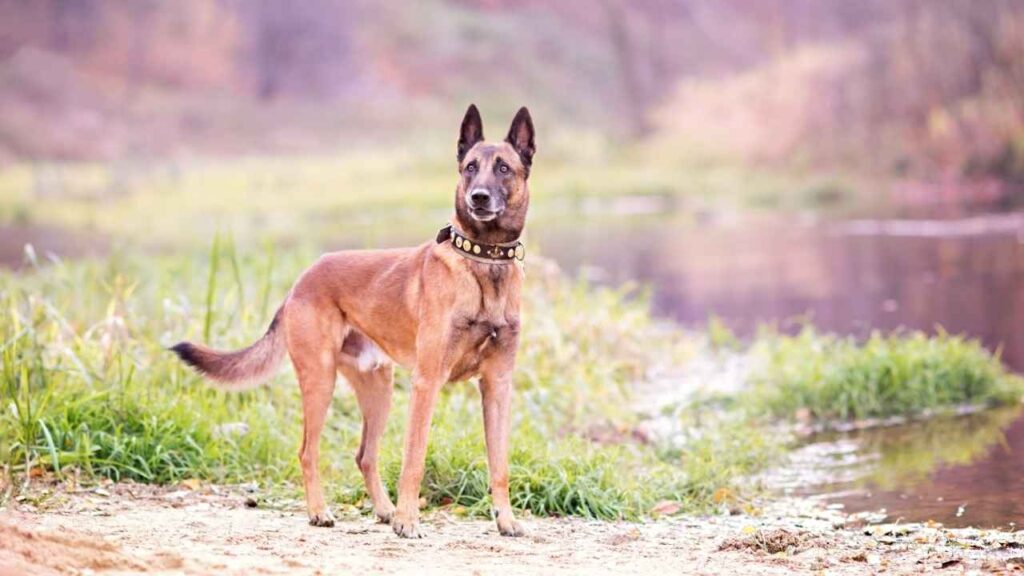
But don’t skip ear checks and nail trims! They’re not rare, but allergic reactions to Malinois are uncommon unless you’re super-sensitive to dander. This breed doesn’t smell much and won’t leave your home full of fur tumbleweeds.
Bonus: their coat is weather-resistant, perfect for search or herding work. Just don’t be surprised if you find them sleeping on your hiking boots.
Mastiff:
Ah, the drool. Mastiffs come with a large, short coat and lots of sleeping (on beds, floors, your lap if you let them).
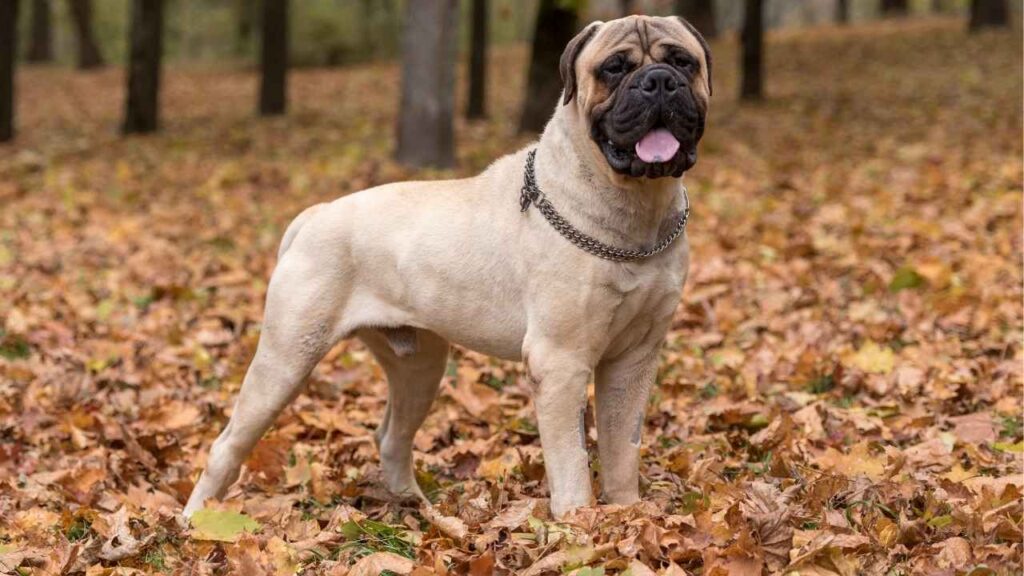
According to the American Kennel Club, weekly brushing and a drool rag are your new best friends. They’re prone to skin folds, so clean regularly to prevent infections. Though not rare, some people are sensitive to their dander and slobber.
Good grooming habits help, but if you’re interested in a low-allergy life, Mastiffs may not be your example dog. Still, their mellow and easygoing attitude makes up for the mess.
Conclusion
In the great showdown of dog breeds, the Belgian Malinois and Mastiff prove just how different two amazing pups can be. The Malinois, often compared to German Shepherds, is a true combat dog—fast, sharp, and always on duty.
The Mastiff? A laid-back, sofa-hugging protector with a heart as big as its paws. Choosing between them isn’t about better or worse—it’s about what fits your lifestyle.
Both dog breeds offer loyalty, love, and purpose. If you’re exploring other dog breeds or comparing them to other dogs, just remember: the best dog isn’t a breed, it’s the right match.


